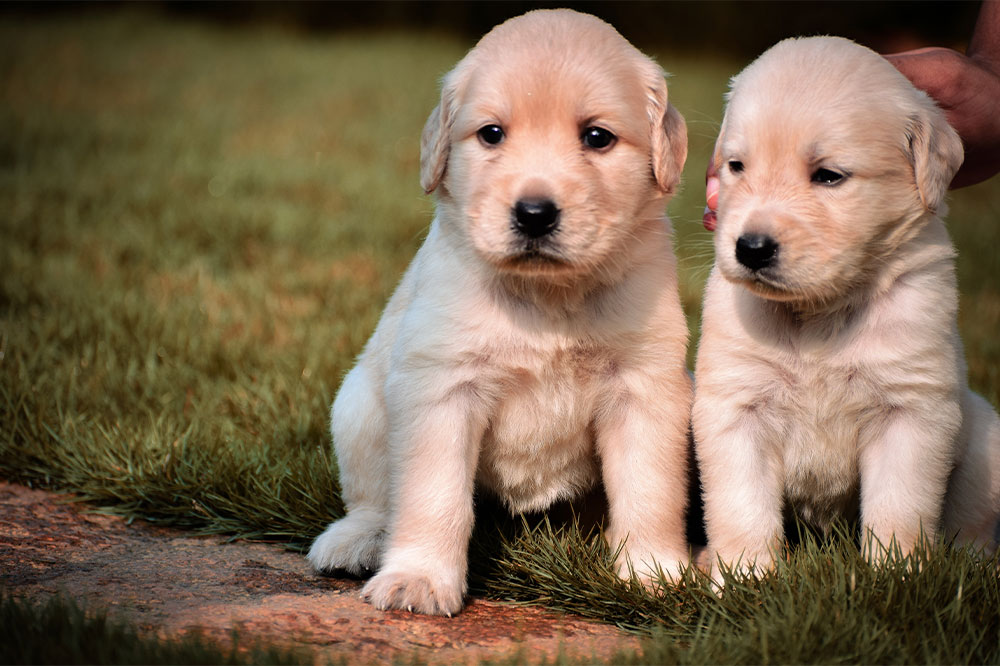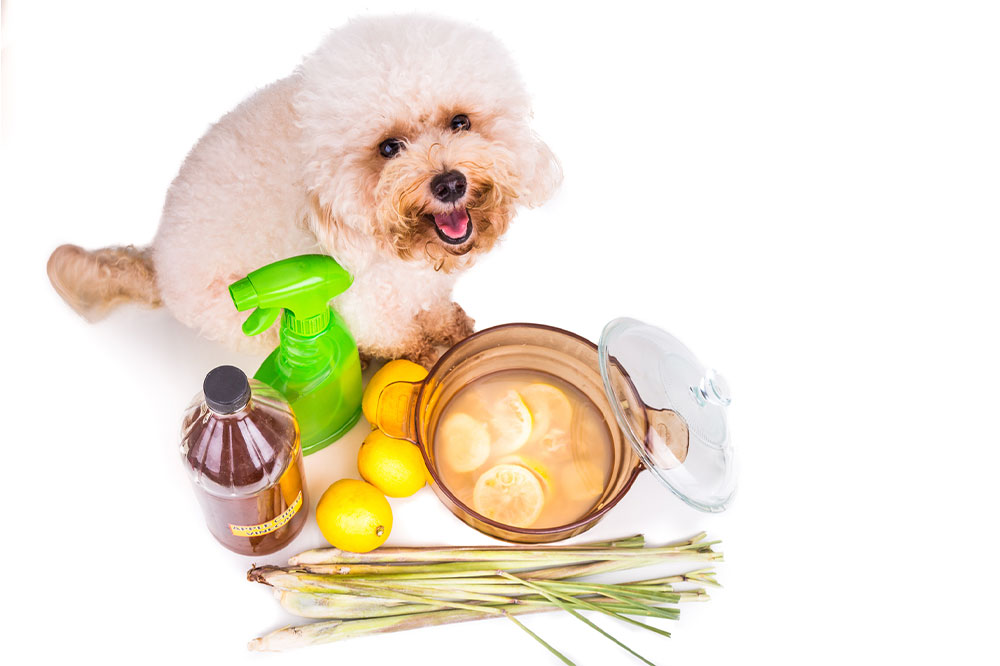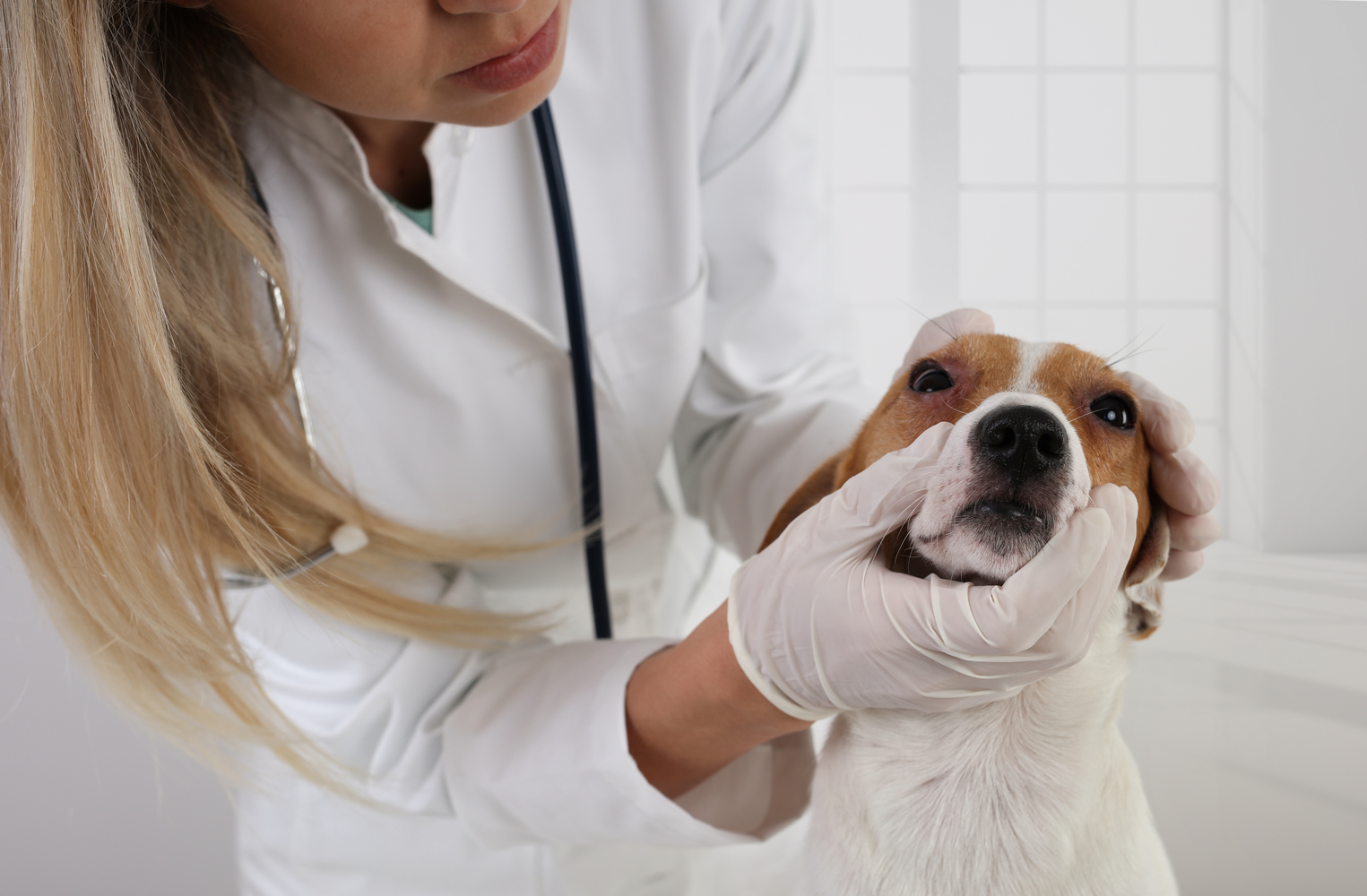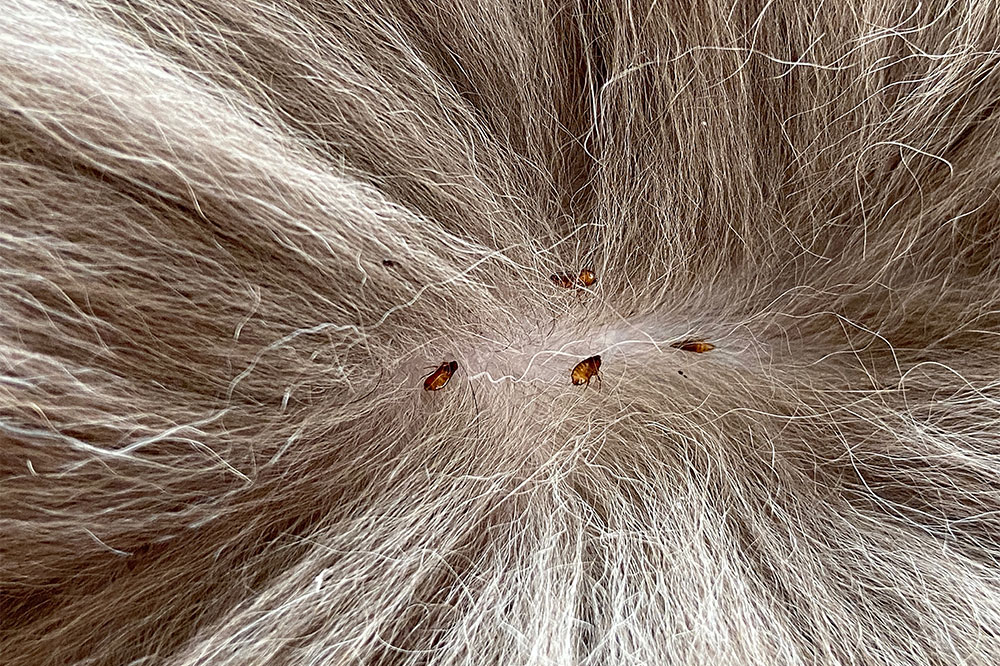Essential Oils and Aromatherapy: Promoting Well-Being for Dogs
Discover how aromatherapy and essential oils can support your dog’s relaxation, immunity, and overall well-being. Learn about safe oil selection, benefits, and application tips to ensure your pet's safety and comfort naturally.
Sponsored

Many dog owners seek natural methods to support their pet’s relaxation, health, and overall mood. Veterinarians suggest that aromatherapy offers a safe and effective way to achieve these goals. Experts recommend using only high-quality, pure essential oils to reduce the risk of sensitivities or allergic reactions.
It’s advised to focus on inhaling the scents rather than applying oils directly to your dog’s fur or skin, preventing possible irritation. Using aromatherapy can help address physical discomfort and emotional stress in dogs of various breeds.
The aroma from essential oils fosters relaxation, happiness, enhanced focus, better sleep, and relief from nausea.
Tips for Choosing Safe Essential Oils for Dogs
With numerous essential oils on the market, selecting the right one requires careful consideration. To ensure safety, opt for products that are 100% pure and of high quality. Check the packaging for:
Name of the oil, origin, and plant part used
Manufacture and expiry dates
Presence of extra chemicals or additives
Price details
Quality certificates or testing information
Organic status
Membership in recognized aromatherapy associations like NAHA
Popular Aromatherapy Oils for Dogs
When choosing essential oils, confirm they are safe for canine use. Some oils offer notable health benefits:
Lavender reduces stress, promotes calmness, and supports restful sleep.
Frankincense enhances immune defenses and general vitality.
Chamomile calms anxiety and aids digestion by alleviating stomach upset and nausea.
Lemongrass and citronella serve as natural insect repellents, deterring pests.
Cardamom and cedarwood help diminish feelings of anxiety and aggression in shy dogs.





